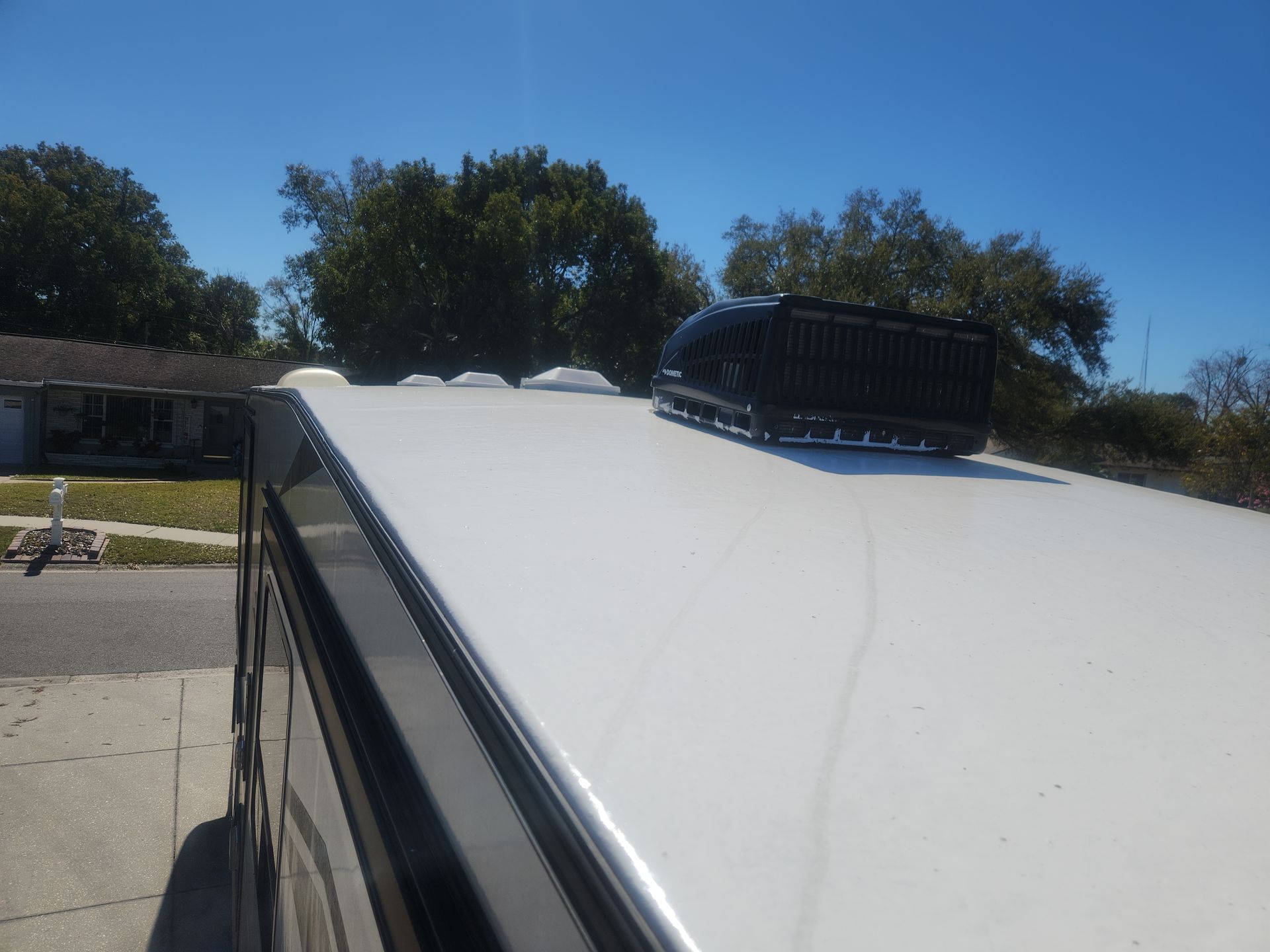Acrylic or Silicone roofing systems?

In recent years, silicone coatings have been suggested as an affordable DIY alternative for RV roof applications.
This DIY silicone coating looked great when completed - but looks can be deceiving.
Recently, we had to remove an entire silicone aftermarket roof coating. The client showed us the product he used. When we created the estimate, he already knew the wood at the front of the RV was soft and spongy, and something had gone terribly wrong underneath the pristine silicone coating. We estimated three sheets of wood.
We're not fans of silicone. The only place in our RV where we use silicone sealant is indoors in the shower, just like in a sticks-and-bricks house. A big problem with silicone is that virtually nothing sticks to it. Not paint. Not any other sealant or adhesive. Even after removing silicone, the remaining residue prevents any other material from adhering, so a complete tear-off is necessary. Once you use silicone, you're stuck with it, or it becomes a pretty expensive and extensive repair.
The problem is that RVs move, shift, and vibrate, and silicone dries down to a fairly stiff consistency. It just isn't pliable enough for most RV applications. Silicone coatings are generally strong enough to avoid cracking and look GREAT! But, your RV's normal movement and vibration can cause it to separate from the roof's surface. Since the silicone itself isn't likely to crack, that surface separation usually goes undetected until a leak occurs. And that is exactly what happened.
The separation trapped the existing water between the silicone layer and the decking, causing extensive damage to many sheets of the existing wood.
When the installer arrived, they tore off the silicone membrane. As the installer removed the damaged wood decking, the membrane peeled back to expose even more compromised wood - another four sheets of decking. The customer chose to replace the last two sheets of OSB with the same cabinet-grade decking we were installing.
We always treat your RV roof like our own - with quality products.






